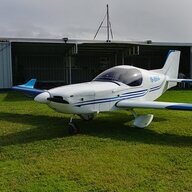-
Posts
4,832 -
Joined
-
Last visited
-
Days Won
141

kgwilson replied to BurnieM's topic in AUS/NZ General Discussion

kgwilson replied to red750's topic in Aircraft Incidents and Accidents

kgwilson replied to red750's topic in Aircraft Incidents and Accidents

kgwilson replied to Admin's topic in Site Announcements

kgwilson replied to Marty_d's topic in Aircraft Incidents and Accidents

kgwilson replied to Marty_d's topic in Aircraft Incidents and Accidents

kgwilson replied to Marty_d's topic in Aircraft Incidents and Accidents

